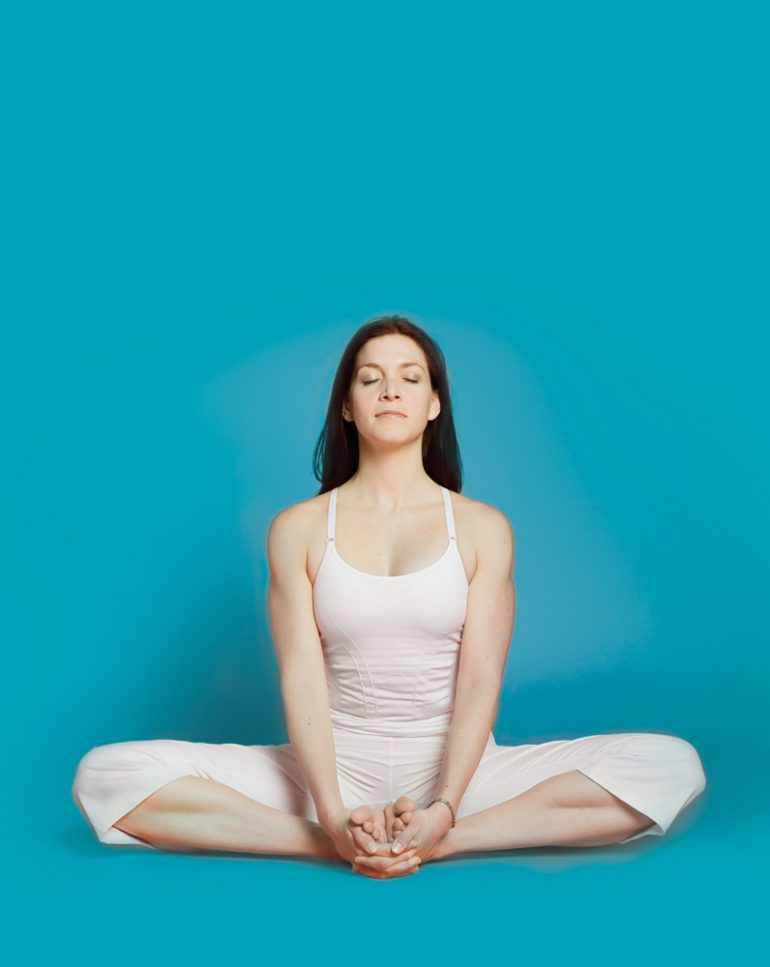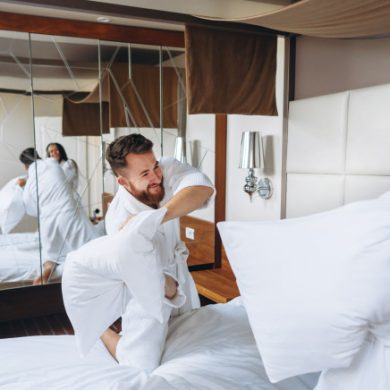Yoga is perhaps the only form of activity which massages all the internal glands and organs of the body in a thorough manner. This stimulation and massage of the organs in turn benefits us by keeping away disease, and providing a forewarning at the first possible instance of a likely onset of disease or disorder. By gently stretching muscles and joints, as well as massaging the various organs, yoga ensures the optimum blood supply to various parts of the body. This helps flush out the toxins from every nook and cranny, and provides nourishment up to the last point. This leads to benefits such as delayed aging, energy and a remarkable zest for life.
Naukasana
(Also known as Navasana)
- Sit with your back straight.
- Bring the legs straight up to a 45 degree angle, coming into a boat pose. The torso will naturally fall back, but do not let the spine collapse.
- Make a “V” shape with the body.
- Bring the arms out straight in line with the shoulders.
- Once you have established the pose, release the legs and torso simultaneously down towards the floor and hover a few inches above the floor.
- Come up back into the pose like a sit-up. Repeat this several times.
- Follow it by Shavasana.
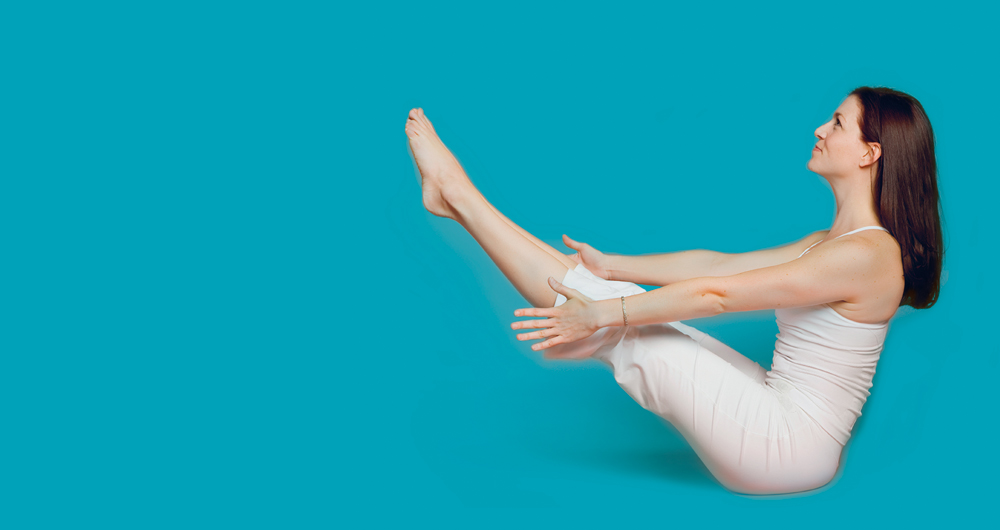
Benefits
- Builds abdominal strength, and gives vigor and agility to the spine.
- The sagging body mass is prevented especially the abdominal flab.
- This asana helps in toning the intestines, making them work the maximum without over exerting.
- There is an improvement in the digestive system due to better performance of the intestines.
- This asana is also very useful for the liver, gall bladder and spleen.
- The legs and thigh muscles are also strengthened.
Baddha Konasana
- Sit with knees spread to the side and the soles of the feet together.
- Grasp the buttocks, pulling each one back and out so that you are sitting with equal weight on each of your sit bones.
- With the pelvis positioned perpendicularly to the floor extend the spine upwards.
- Grasp the feet with the hands and pull the heels as close towards the perineum as possible. Keep constant pressure of the heels into each other.
- Knees should aim toward the floor, though gently without force. If your knees easily reach the floor, do the pose with a prop such as a yoga block under the feet to help get more stretch in the inner thighs as the knees descend.
- Those that have tight hamstring muscles may have difficulty in achieving a normal concave curve in their lumbar spine in the lower back. This can often be helped by sitting on one or more folded blankets with the sit bones quite close to the front edge so that the pelvis is given a slight forward tilt.
- When you want to come out of the pose, lift your knees away from the floor and extend the legs back to their original position.
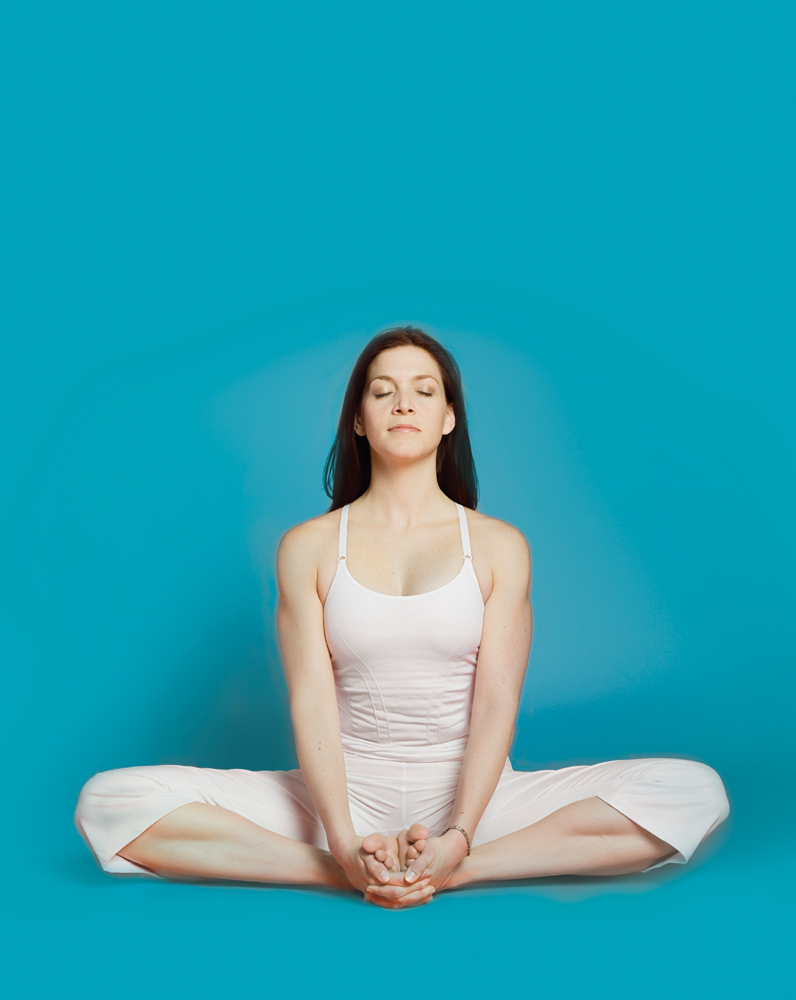
Benefits
- Opens the hips and groin; especially recommended for those who have tight hips from sitting in chairs and also from activities such as running, hiking, and biking.
- This pose is also an excellent preparation for childbirth and suggested during menstruation.
- Restores posture from sitting, computer use, and driving.
- Stimulates abdominal organs.
- Increases circulation and energy levels.
- May help relieve mild depression, anxiety, and fatigue.
Caution
This pose is usually contraindicated for women who have recently given birth.
Shirshasana
- Take a cushion.
- Interlock the fingers of both the hands and rest the hands until the elbows are on the ground.
- The front portion of the head should rest on the cushion and knees should rest on the ground.
- Now controlling the body weight on the neck and elbows, lift the legs straight up above the ground.
- Now while bending one knee lift it straight; then lift the second leg and bend up to the knee.
- Now one by one try to lift the legs, do not rush.
- Straighten the legs slowly.
- Once the legs are straight, join them and bend them slightly forward otherwise there is a chance to fall back.
- Eyes should be closed, the breathing should be normal.
- The steps which were followed to lift the legs up should be followed to come back to the original position.
- In the beginning do this exercise for 15 seconds and slowly take it to 10 minutes. In case you wish to practice it for a longer time you should do it under the supervision of an expert. In normal conditions, it is sufficient to do it for 5 to 10 minutes.
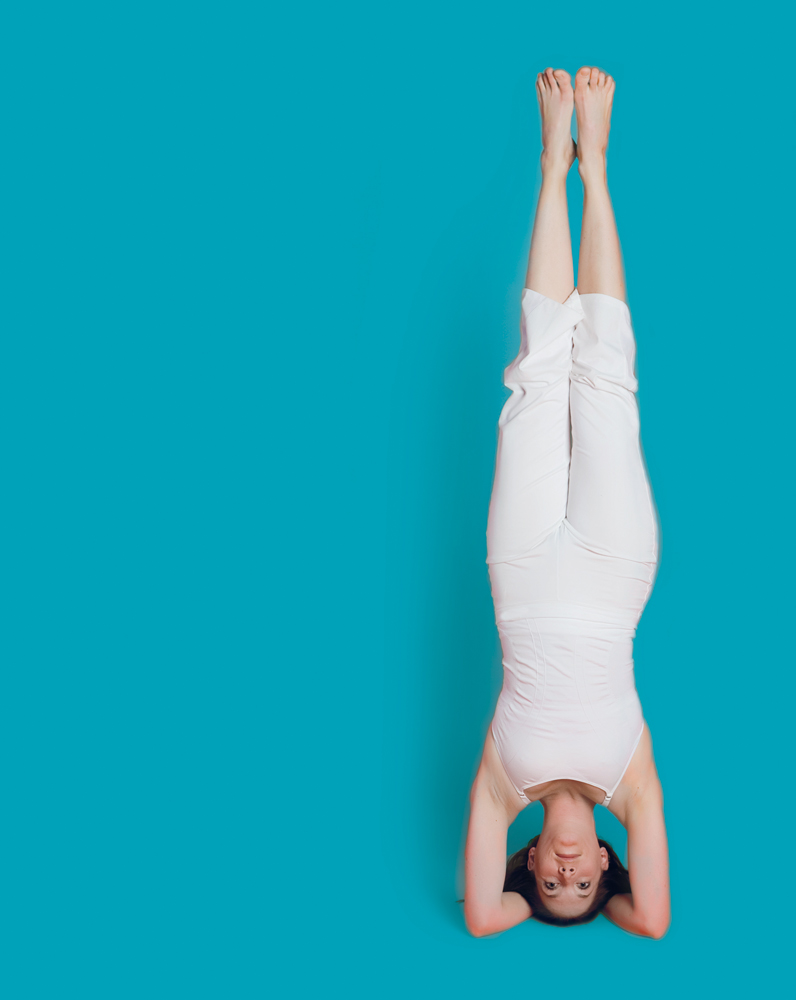
Benefits
- This asana is the king of all exercises. It provides pure blood to the brain, which makes the ears, nose and other organs healthy.
- It makes the pituitary and pineal glands healthy and activates the brain. It increases memory, sharpness and concentration.
- It activates the digestive system, stomach, intestines, and liver and increases the fire of the stomach.
- It activates the thyroid glands and reduces both obesity and weakness, because both these diseases are due to the irregularity in the thyroid function.
- It increases the shine and vigor on the face.
- Untimely falling and graying of the hair is cured.
Caution
- Those who have pain in the ears or any secretion from the ears should not do this asana.
- If there is long-sightedness or if the eyes are red, this asana should not be done.
- Patients with any heart ailment, high blood pressure and back pain should not do this yoga pose.
- Do not do this exercise while having a cold and cough.
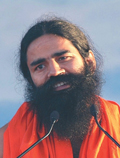 Swami Ramdev is a world-renowned yoga guru and is well-versed in Sanskrit, Ayurveda and Vedic philosophy. His practical approach to yoga and research in the field of Ayurveda has won him millions of admirers. Swamiji, in association with Acharya Balkrishanji, a scholar and renowned Ayurvedic physician, established Divya Yog Mandir (Trust) in 1995 and Patanjali in 2006. His state-of-the-art medical facility at Hardwar, India treats more than 3000 people every day. www.divyayoga.com
Swami Ramdev is a world-renowned yoga guru and is well-versed in Sanskrit, Ayurveda and Vedic philosophy. His practical approach to yoga and research in the field of Ayurveda has won him millions of admirers. Swamiji, in association with Acharya Balkrishanji, a scholar and renowned Ayurvedic physician, established Divya Yog Mandir (Trust) in 1995 and Patanjali in 2006. His state-of-the-art medical facility at Hardwar, India treats more than 3000 people every day. www.divyayoga.com

